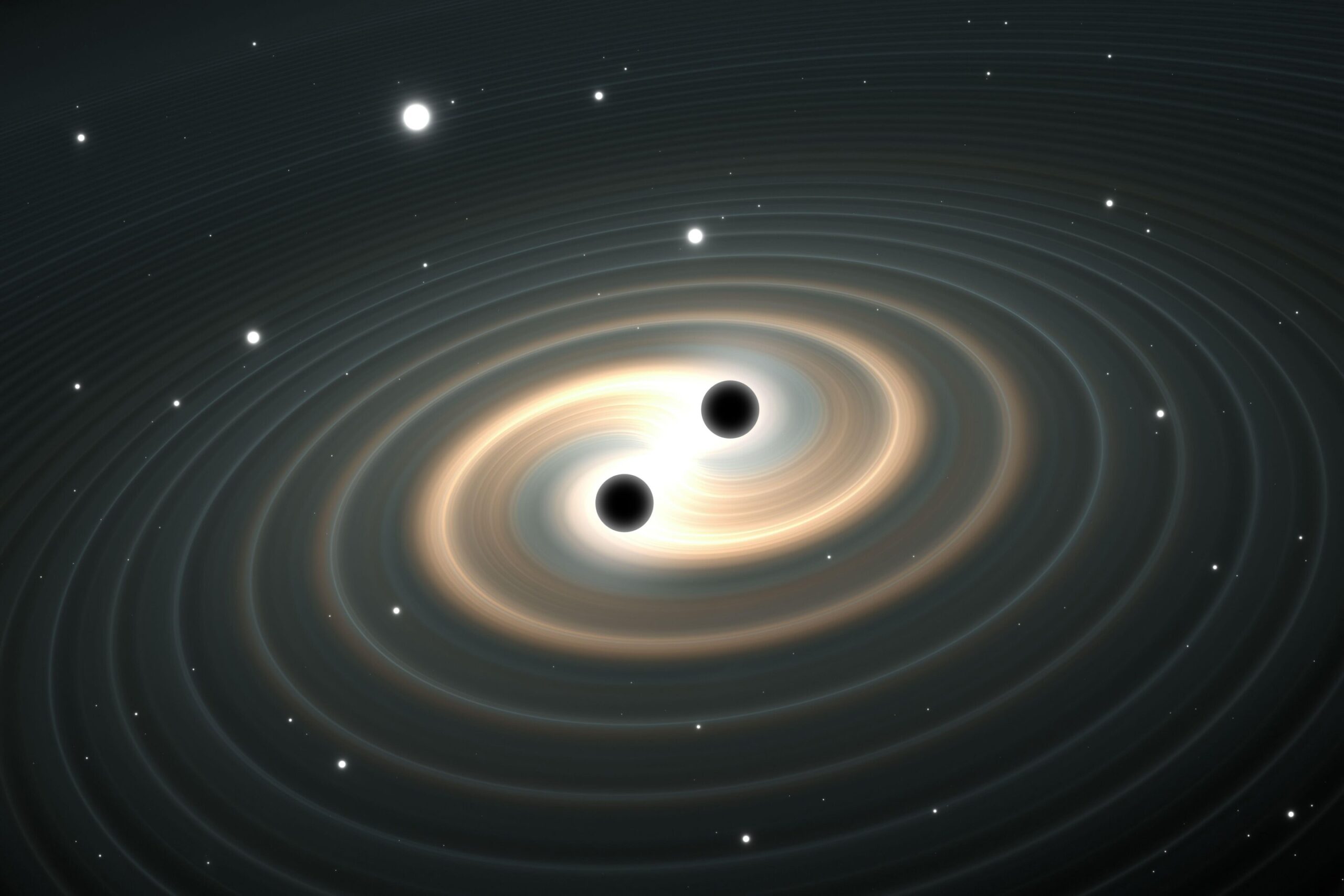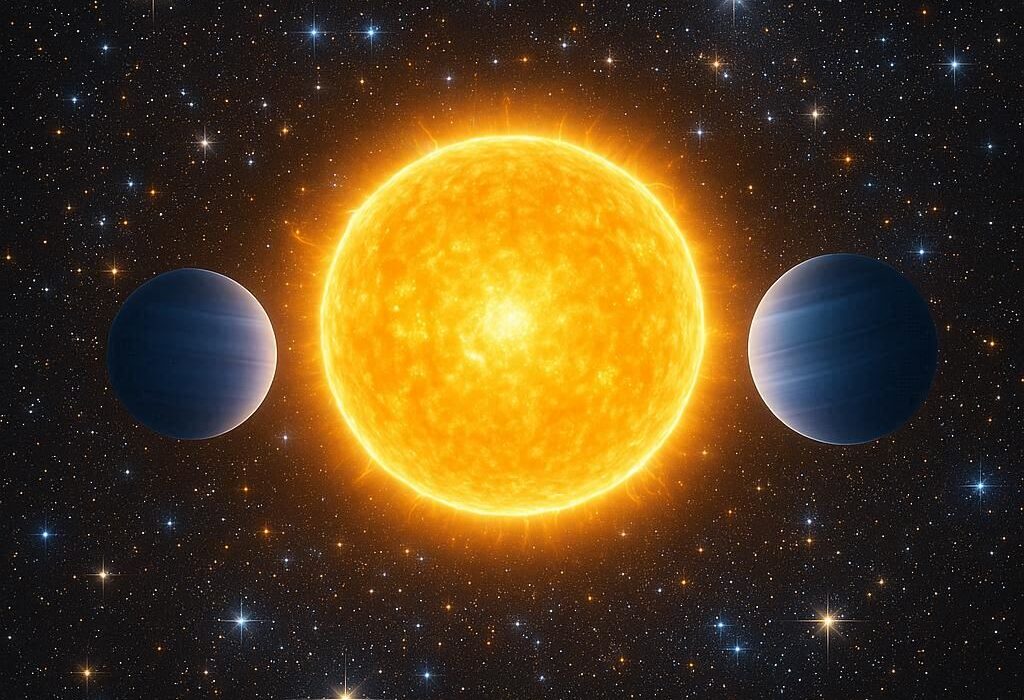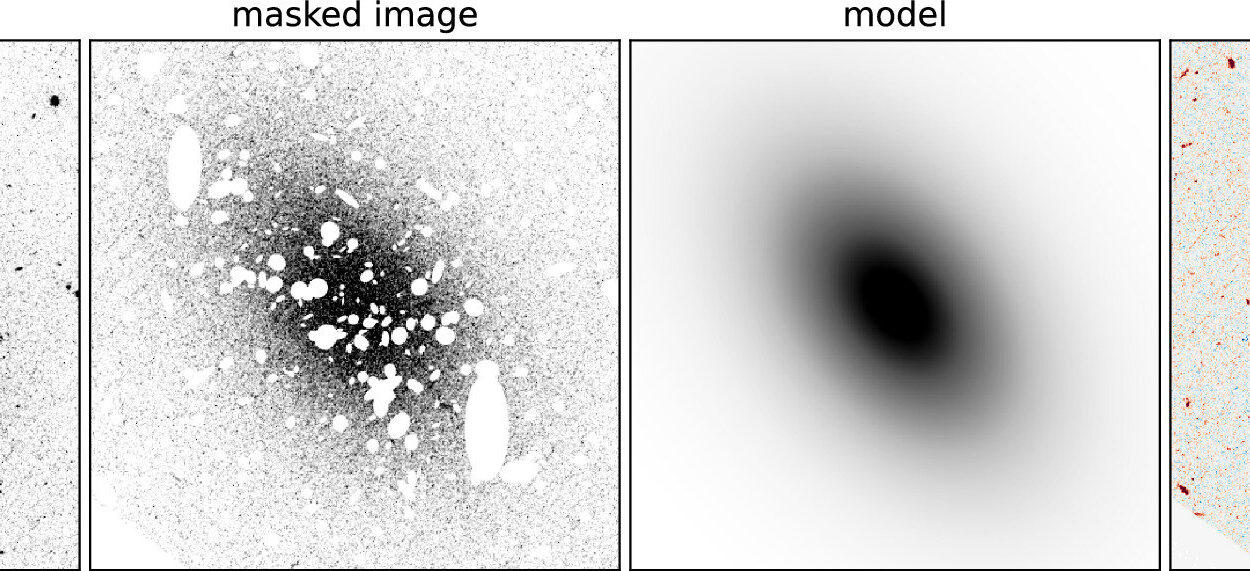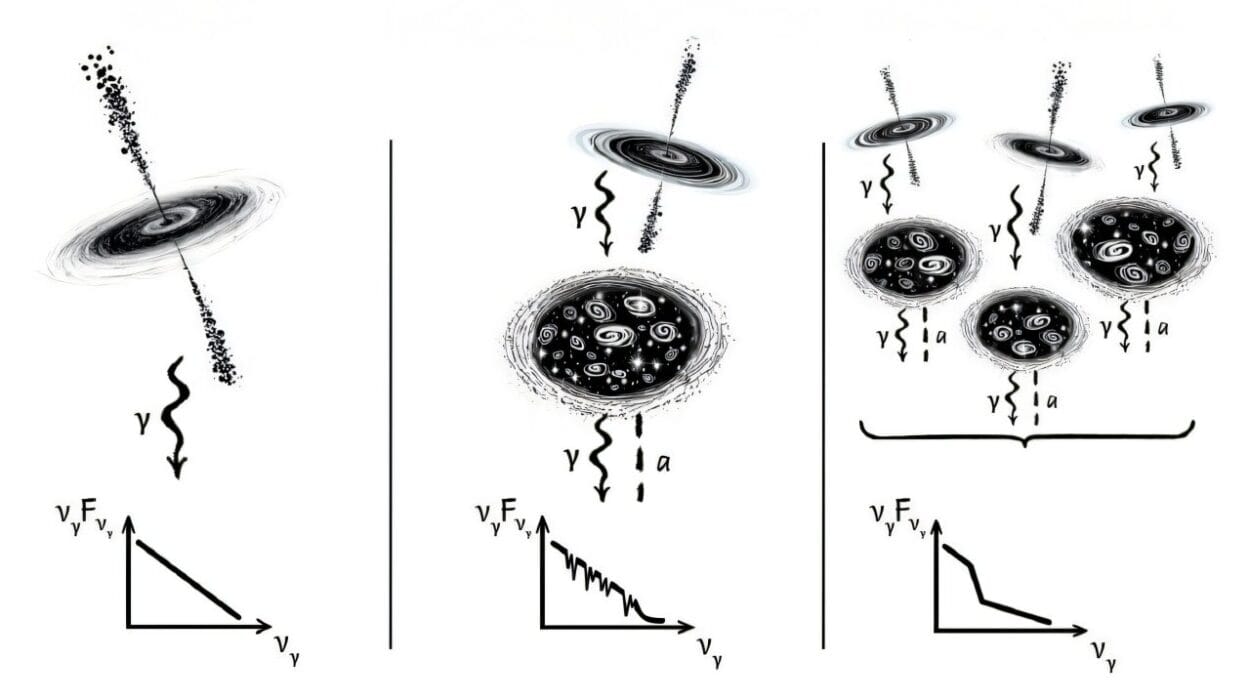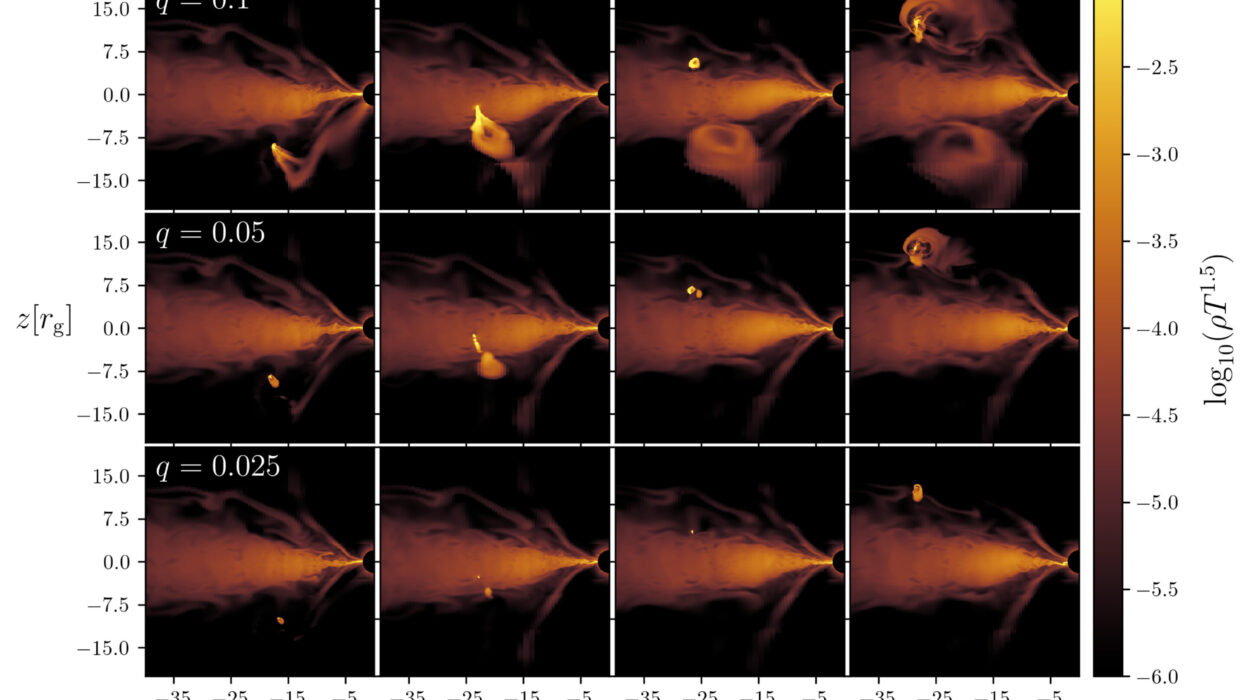The universe is a symphony, and until recently, humanity had been deaf to most of its notes. Gravitational waves—tiny ripples in the very fabric of spacetime—were first predicted by Albert Einstein in 1916. For decades, they remained a theoretical curiosity, their existence too subtle to be confirmed. That changed in 2015, when the Laser Interferometer Gravitational-Wave Observatory (LIGO) made history by capturing the tremors of two colliding black holes more than a billion light-years away.
Since then, gravitational wave astronomy has exploded into one of the most exciting fields of modern science. LIGO, Virgo, and KAGRA have detected dozens of events, primarily in the high-frequency range, while pulsar timing arrays have recently uncovered signs of a stochastic gravitational wave background at ultra-low frequencies. Yet, in between these two extremes lies a vast, unexplored territory—the so-called “mid-band,” corresponding to milli-Hertz frequencies. This range has been a blind spot, a silence in the cosmic symphony.
Now, researchers at the Universities of Birmingham and Sussex have proposed a groundbreaking approach that promises to open this missing window. By harnessing cutting-edge optical cavity and atomic clock technologies, they aim to detect gravitational waves in the elusive milli-Hertz band—unlocking astrophysical and cosmological secrets that have remained hidden until now.
Why the Mid-Band Matters
To appreciate the significance of this breakthrough, we must first understand the different “voices” of gravitational waves. High-frequency waves, which LIGO and Virgo detect, come from cataclysmic events like stellar-mass black hole or neutron star collisions. At the other extreme, pulsar timing arrays listen for extremely low-frequency signals caused by the slow dance of supermassive black holes across millions of years.
But between these extremes—the milli-Hertz range, spanning roughly 10⁻⁵ to 1 Hz—lie astrophysical treasures. White dwarf binaries in our galaxy hum steadily in this range. The mergers of intermediate-mass black holes, too large for LIGO and too fast for pulsar timing arrays, also resonate here. Even relic gravitational waves from the early universe—echoes from processes like cosmic inflation—may whisper in these frequencies.
Without access to this mid-band, our understanding of the gravitational universe remains incomplete, like trying to follow a symphony while missing an entire section of the orchestra.
A Compact Detector with Immense Potential
Traditional detectors like LIGO rely on gigantic interferometers, with laser beams stretching kilometers down vacuum-sealed arms. Their sensitivity is unmatched at higher frequencies, but they are plagued by seismic vibrations and local environmental noise at lower ones, making milli-Hertz detection impossible.
The new approach, described in Classical and Quantum Gravity, sidesteps this limitation with elegance. Instead of building massive observatories, the Birmingham-Sussex team proposes detectors compact enough to fit on a laboratory table. The secret lies in ultrastable optical cavities and precision atomic clocks—technologies originally developed for the most accurate timekeeping devices on Earth.
Here’s how it works: two orthogonal optical cavities, aligned at right angles, are coupled to an atomic frequency reference. As a gravitational wave passes, it subtly distorts spacetime, producing minuscule shifts in the phase of the laser light within the cavities. By comparing the signals from both channels, scientists can detect these distortions, measure their polarization, and even infer the direction of the wave’s source.
This design is not only compact but also remarkably resistant to the seismic and Newtonian noise that haunts traditional interferometers. It opens the possibility of building multiple detectors across the globe, forming a network sensitive to this previously inaccessible range of gravitational waves.
Bridging the Gap Before Space Missions
The European Space Agency’s Laser Interferometer Space Antenna (LISA) is often hailed as the future of milli-Hertz gravitational wave astronomy. With laser arms millions of kilometers long, free from Earth’s noise, LISA promises unparalleled sensitivity. But there’s a catch: it will not launch until the mid-2030s. That leaves a decade-long gap in which the mid-band remains silent.
The Birmingham-Sussex detector offers a way to bridge that gap. As Dr. Vera Guarrera of the University of Birmingham explains, “By using technology matured in the context of optical atomic clocks, we can extend the reach of gravitational wave detection into a completely new frequency range with instruments that fit on a laboratory table.” This means we don’t have to wait until the 2030s—we can begin listening to the mid-band today.
Moreover, integrating these detectors with existing global networks of optical atomic clocks could push sensitivity even further, extending the reach of gravitational wave astronomy to unprecedented depths.
A Universe Waiting to Speak
So, what might we hear once these detectors come online? The possibilities are exhilarating.
Compact binaries of white dwarfs, the remnants of stars like our Sun, are expected to be plentiful sources in the milli-Hertz band. Observing them would not only map stellar evolution in our galaxy but also refine our models of binary systems. Intermediate-mass black hole mergers, thought to be the “missing link” between stellar-mass and supermassive black holes, could reveal themselves here for the first time.
Even more tantalizing is the possibility of detecting a stochastic background of gravitational waves left over from the infant universe. Such a discovery would open a window onto cosmic history that no telescope—radio, optical, or otherwise—could ever reach. We might, for the first time, directly probe physics from the earliest fractions of a second after the Big Bang.
As Professor Xavier Calmet of the University of Sussex puts it, “This detector allows us to test astrophysical models of binary systems in our galaxy, explore the mergers of massive black holes, and even search for stochastic backgrounds from the early universe.”
A Step Toward the Future
The story of gravitational wave astronomy has always been about courage—the courage to attempt the impossible. For decades, building LIGO seemed like a fantasy, until it succeeded. Detecting ultra-low-frequency waves with pulsar timing arrays required monitoring pulsars for decades, a feat now rewarded with stunning results. And now, the vision of probing the mid-band with tabletop detectors may once again redefine what is possible.
While space missions like LISA remain the ultimate prize, ground-based optical cavity detectors offer an immediate, cost-effective, and scientifically rich opportunity. They remind us that breakthroughs often come not from brute scale, but from creativity—repurposing technologies like atomic clocks to answer cosmic questions.
The Symphony Resumes
In the end, gravitational wave astronomy is about listening. For billions of years, the universe has been playing its song: the deep bass notes of merging black holes, the mid-tones of compact binaries, the high-pitched chirps of neutron star collisions. Only now are we learning to hear them, one range at a time.
The new Birmingham-Sussex detector concept promises to fill in the missing notes, giving us the first true glimpse of the full gravitational wave spectrum. It is an invitation to a more complete understanding of the cosmos—a reminder that the universe is not silent but resounding with echoes of its own history.
With every improvement in our ability to listen, we come closer to answering the deepest questions of existence: How did the universe begin? How do black holes grow and shape galaxies? What secrets are written into the vibrations of spacetime itself?
Physics has always been the art of turning wonder into knowledge. This new approach to gravitational wave detection is another brushstroke on the grand canvas of human discovery, one that will bring us closer to hearing the universe as it truly is—a cosmic symphony, vast, mysterious, and profoundly beautiful.
More information: Giovanni Barontini et al, Detecting milli-Hz gravitational waves with optical resonators, Classical and Quantum Gravity (2025). DOI: 10.1088/1361-6382/ae09ec
